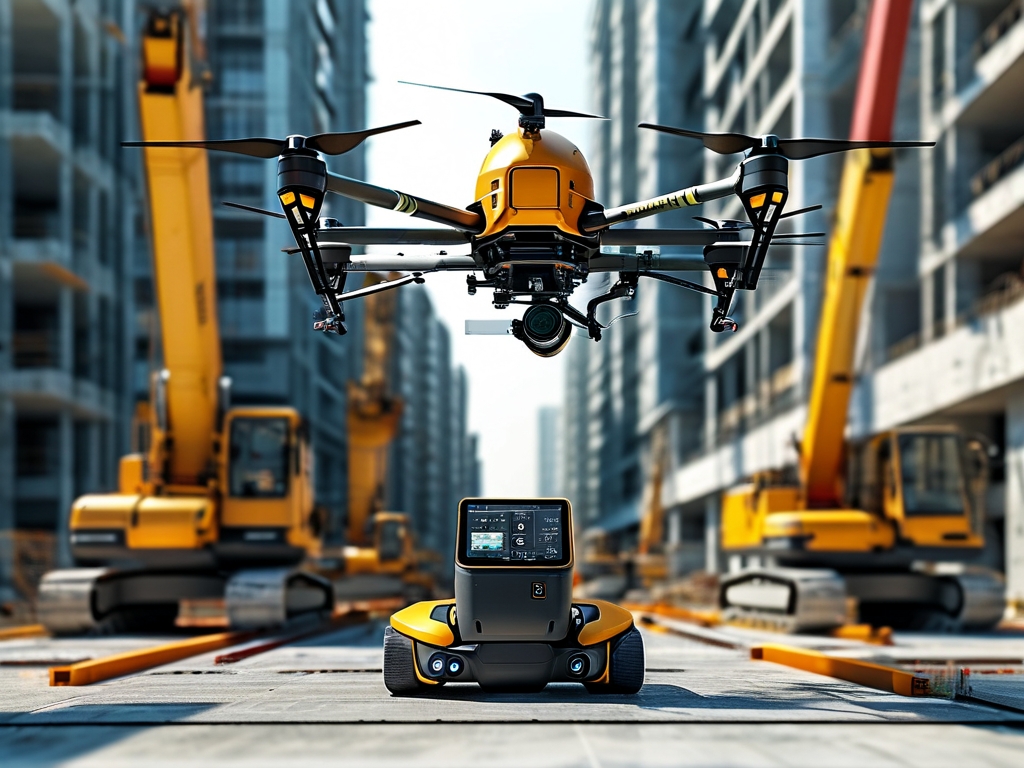The construction industry has undergone a transformative shift with the integration of automation technologies. An effective automated construction deployment strategy not only enhances efficiency but also minimizes human error, ensuring projects meet deadlines and quality standards. This article explores a practical framework for implementing such strategies, complete with actionable insights and code examples for technical workflows.

Core Components of Automation in Construction
Automated construction deployment relies on three pillars: systematic planning, technology integration, and real-time monitoring. Systematic planning involves mapping out workflows using tools like BIM (Building Information Modeling) to simulate project phases. For instance, a Python script can automate resource allocation based on BIM data:
def allocate_resources(bim_data):
materials = bim_data.get('materials')
labor = bim_data.get('labor_hours')
# Algorithm for optimizing resource distribution
return optimized_schedule
Technology integration includes deploying IoT sensors and robotics. Drones equipped with LiDAR, for example, can survey sites and feed data to centralized platforms. Meanwhile, robotic arms programmed via ROS (Robot Operating System) handle repetitive tasks like bricklaying or welding.
Step-by-Step Deployment Process
-
Assessment and Tool Selection
Begin by auditing existing workflows to identify bottlenecks. Choose tools compatible with legacy systems—e.g., combining Autodesk Revit with custom APIs for data interoperability. -
Pilot Testing
Run small-scale trials to validate automation tools. A case study from a highway project in Texas showed a 40% reduction in earthmoving time after deploying autonomous bulldozers guided by GPS waypoints. -
Scalability and Training
Scale successful pilots across larger teams. Conduct workshops to upskill workers in managing automated systems, emphasizing troubleshooting for common issues like sensor calibration errors.
Code-Driven Workflow Optimization
Automation often hinges on scripting. Below is a snippet for automating progress reports using sensor data:
const generateReport = (sensorData) => {
const completionRate = calculateCompletion(sensorData);
sendAlertIfDelayed(completionRate);
updateDashboard(completionRate);
};
Challenges and Mitigation
Despite its benefits, automation faces resistance due to high upfront costs and workforce anxiety. Address this by demonstrating ROI through metrics—e.g., showcasing how predictive maintenance algorithms reduce equipment downtime by 25%. Cybersecurity is another concern; encrypting data streams between devices and cloud servers is critical.
Future Trends
Emerging technologies like AI-powered defect detection and 5G-enabled real-time collaboration will further refine automation. For example, integrating computer vision with drones can instantly identify structural cracks, slashing inspection times by 70%.
In , a robust automated construction deployment strategy balances innovation with practicality. By leveraging scalable tools, prioritizing training, and addressing challenges head-on, firms can unlock unprecedented efficiency gains while future-proofing their operations.



